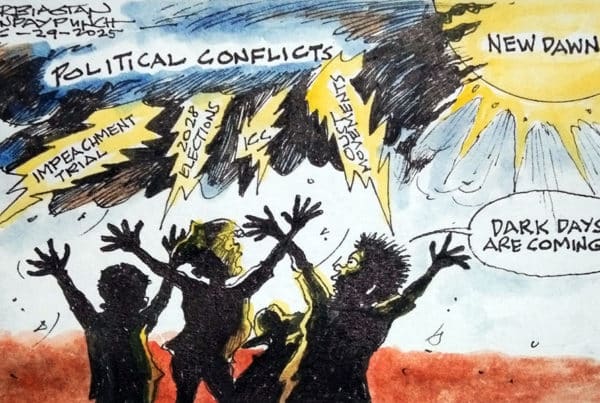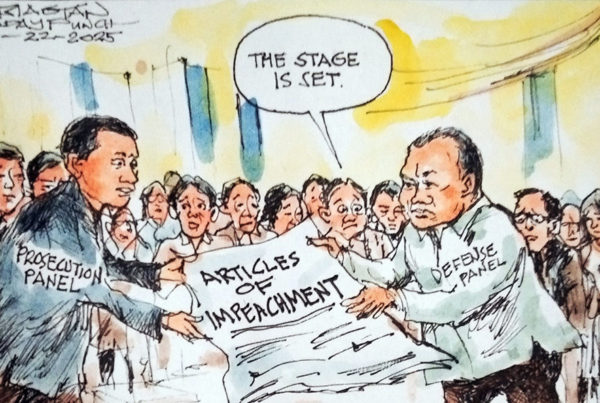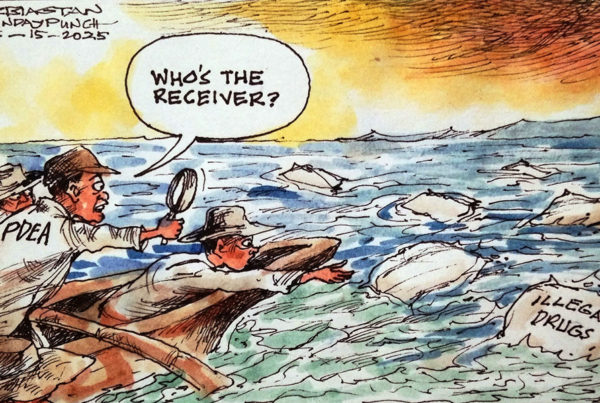Editorial
Drug disaster
IN the scale of calamities, illegal drugs would rank among the top man-made disasters there are.
As such, it will take a committed and organized multi-sectoral effort to combat proliferation and, ultimately, eradicate it. The provincial government has taken initiative but Gov. Amado Espino Jr.’s campaign to make Pangasinan drug-free would not progress without support from the local governments units (LGUs) of towns and cities, including the barangays.
Starting with the mayors, they should order their respective chiefs of police (COP) to make regular reports on the developments and accomplishments against illegal drugs in their communities. The police, meanwhile, can incorporate in their efforts to strengthen community relations a program focused on addressing illegal drug problems in the villages.
This is an activity that deserves full support that even the conflict between Espino and Supt. Marlou Chan, provincial police chief, must be set aside. Whether they both like it or not, professionalism must take precedence by making Chan accountable to the governor for the progress of the police campaign in the province, starting from re-educating police personnel in gathering evidence to ensure successful prosecution and conviction of drug dealers, pushers and users.
The governor should also clearly make himself accountable for the overall campaign but it takes a village, so to speak, to deal with a widespread disaster.
* * * * * *
Lessons from Yolanda
IT all started with our penchant for evacuations. Fine. We need to move people to safer grounds when typhoons are about to hit us.
But then, we forgot the rest. In preparing for calamities, evacuation isn’t the only thing. Many more are a must. That’s the most important lesson in the Yolanda tragedy, notably in Tacloban. We saved lives because we evacuated more than enough; those who refused to be moved — many of them, anyways — didn’t make it. But there are lessons here too many to forget, too important to remember. Like ensuring communication lines, human chain, food packs, potable water, educating people on disasters.
From hereon, we won’t only transport food and water into the would-be affected areas. People, too. Soldiers as much as possible. Engineers, workers, even carpenters to rebuild houses, even infrastructure. Bring relief goods that are already re-packed. Sirens must be blown and blown and blown if only to drive people out of their homes that are deemed direct hits by a typhoon. In short, preparing and evacuating aren’t enough. Both are just the beginning. Providing sustenance, consistently — food, shelter, medicine and other basic needs — is the main thing, the ultimate in disaster preparedness. Stop the blame game. Prepare the master plan. Now.
Share your Comments or Reactions
Powered by Facebook Comments










